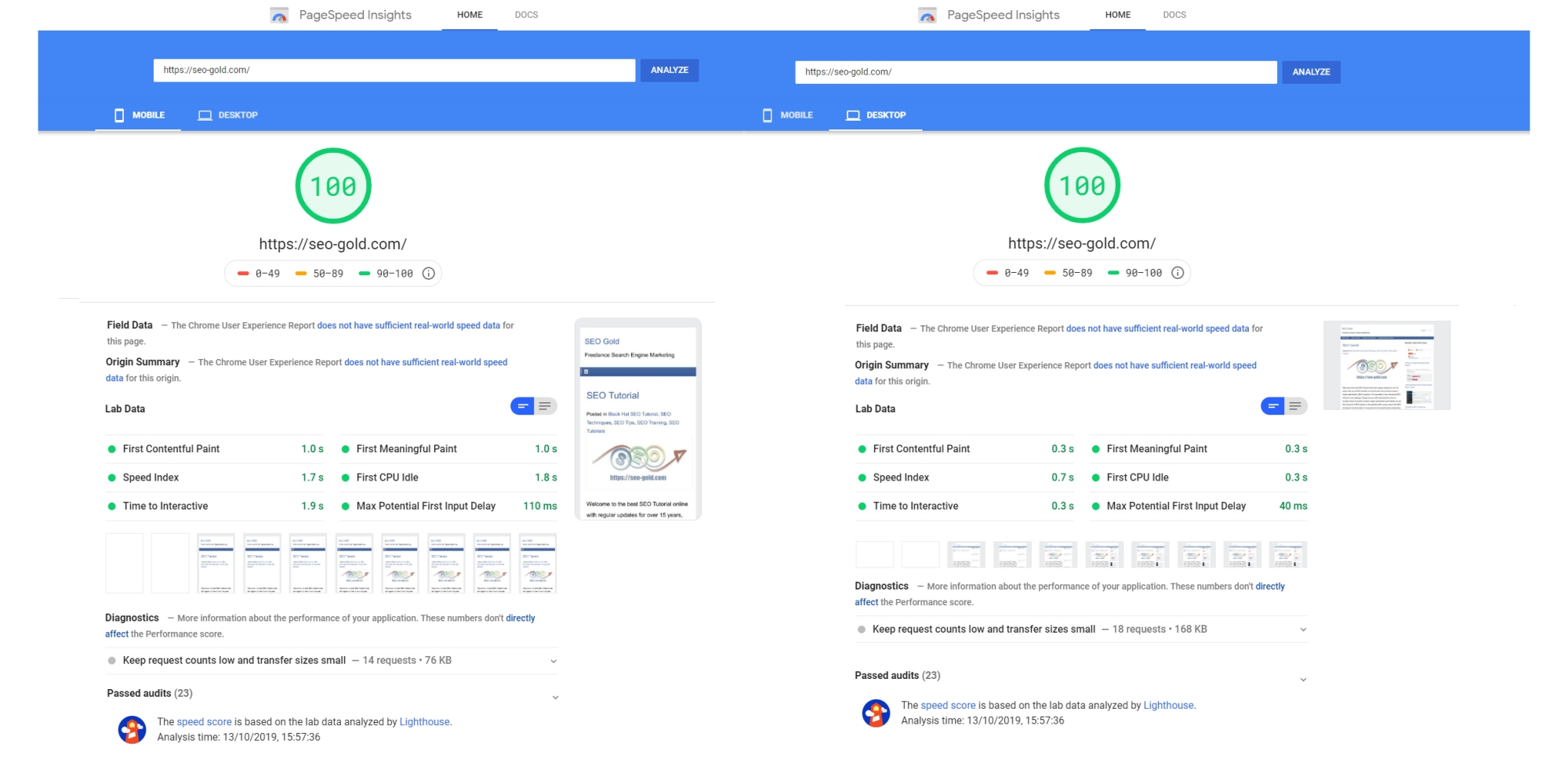

This is a common problem for WordPress and other CMS sites since they rely heavily on third-party plugins.

GOOGLE PAGESPEED CODE
They also increase the amount of code that has to be executed, leading to increased resource consumption and slow load times.Ĭonsider which scripts provide the most value to the user and prioritize them. Third-party scripts can sometimes prevent your own scripts from executing on time. If that’s an issue, you should keep a JPEG version and serve it as a backup to these browsers. However, note WebP is still not fully supported by Safari and Internet Explorer (at least as of mid-2021). Currently, only WebP has enough browser support to be viable for most website owners. Popular modern formats are JPEG 2000, AVIF and WebP. Put simply, they can be smaller in size while keeping a comparable quality with older formats like JPEG. These formats have great compression and quality characteristics. Serve images in next-gen formatsĪnother big win in terms of image optimization is to serve next-gen formats.Lazy loading also helps the browser prioritize the loading of critical images, like those above the fold. This technique can massively reduce initial page load time. That’s why serving all images to the browser at once is a waste of resources.ĭeferring (lazy loading) offscreen images makes sure they’re loaded only when someone needs them. Also, most users don’t even look at every image on a page. Image files are often huge compared to other resources. The Opportunities and Diagnostics sections in the Google PageSpeed Insights report are a goldmine of speed optimization tips, techniques and best practices.Įxplaining all of them would take a few articles, but it’s worth mentioning the must-haves for any site. Truth revealed: Opportunities and diagnostics That’s why you can use the score to somewhat gauge if a page’s performance is trending in the right direction. These techniques improve your lab metrics and tend to have a positive impact on the actual user experience. You can only reach the coveted green result by implementing best practices like keeping the site’s code clean, caching, optimizing images, and removing render-blocking resources. This is a problem, since a green score looks good, but that doesn’t necessarily mean a page is fast for visitors. However, as I said, the score doesn’t take into account real-user metrics. It’s a useful heuristic, especially for newcomers. The score simplifies performance by making things binary. The optimization score is usually what people focus on in PSI. Google PSI: Optimization score and lab data audit With that in mind, let’s dive a little into each section. That’s why Google uses it as a ranking factor. It’s collected by the Chrome User Experience Report (CrUX) and represents how real people experience your site. On the other hand, the data for the Core Web Vitals assessment comes from real users. Based on this test, PSI computes the lab metrics, which in turn make up the optimization score.

In PSI, the information comes from both lab tests and real user monitoring.įor the optimization score and the Lab Data section, PSI runs a test on a predetermined device and network settings. This is the first thing you should ask yourself when working with any speed testing tool. Where does Google PageSpeed Insights data come from? Understanding your score can help you know where you need to make improvements so that your users have the best experience possible with your website.īefore we get into the details, let’s start with one vital question.
GOOGLE PAGESPEED HOW TO
In this post, I’ll explain exactly how to interpret a PageSpeed Insights report from top to bottom. Unfortunately, its results are easy to misinterpret, especially if you’re using it for the first time. Google’s PageSpeed Insights (PSI) is the most popular speed testing tool out there for gauging web performance.


 0 kommentar(er)
0 kommentar(er)
